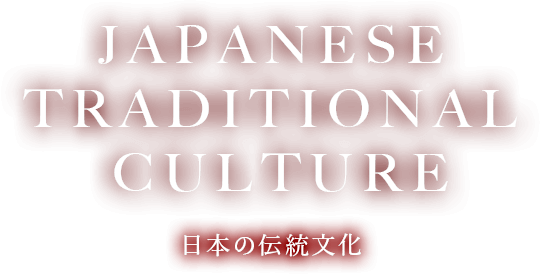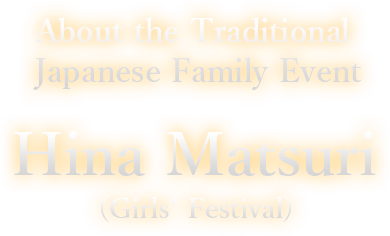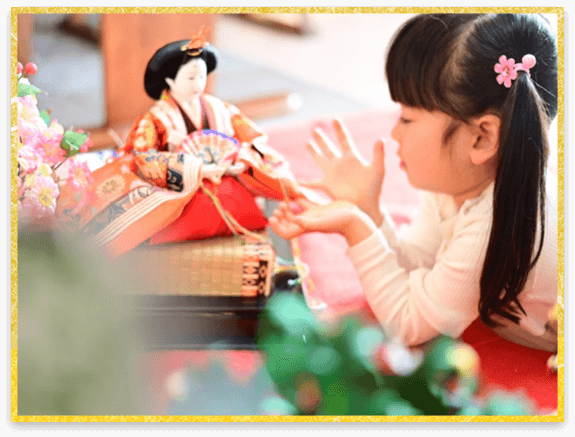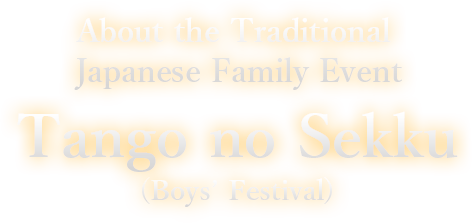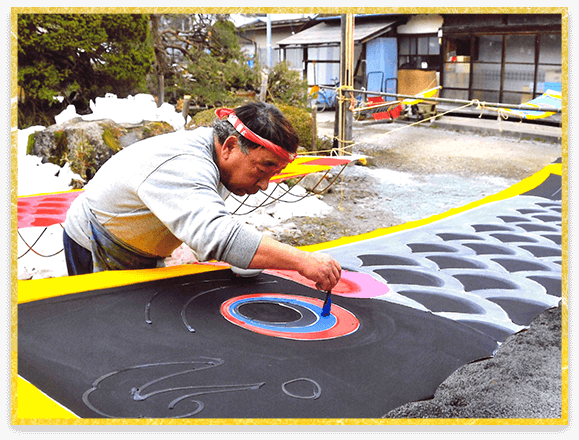
- TOP
- > JAPANESE TRADITIONAL CULTURE

In Japan, when a girl is born, her parents display dolls called “Hina Dolls” to wish their daughter’s healthy growth and happiness. This custom is called “Hina Matsuri (Girls’ Festival in English)”.
Its origin started when people floated paper dolls to ward off evil in the rivers or the seas.
In the Edo period, people started displaying beautiful dolls that parents had prepared for their daughter.
In Yamagata Prefecture, as trading with Kyoto had been active since the Edo period, the precious safflower, Carthage’s tinctorius, made in Yamagata were brought to Kyoto, and high quality Kyoto dolls (Hina dolls made in Kyoto) came to Yamagata. This history is still showen in museums throughout the prefecture.
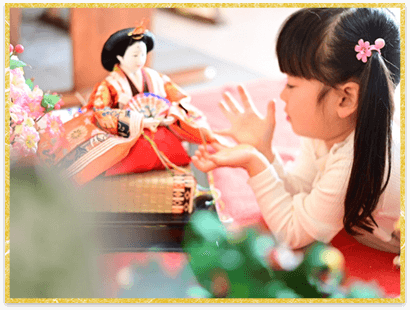
Around March 3rd, every year, parents who have a daughter display their elegant “Hina Dolls” with the hope that their daughter will not suffer, and will grow up beautifully, have a good marriage, and be blessed with happiness in life.
Even now, this has been an important family event where parents give their daughters plenty of love.
The Japanese have carefully inherited this culture from the Edo period to the present day.

Displaying armor and helmet is originally a custom of samurai families. It originated from a dedication of armor and helmet by samurai to a shrine to pray for their own safety before a battle. Over the years, armor and helmet have changed the meaning of “protecting oneself from the battle” to “protecting oneself from illness, injury and accidents”.
The Koinobori (the carp streamers) are also landmarks that tell the god of heaven that a boy has been born in our house and wishes to protect him. These carp streamers are decorated because it is said that carps that have climbed up a rapid stream will become dragons, which is a symbol of hope for a boy’s success in the future.
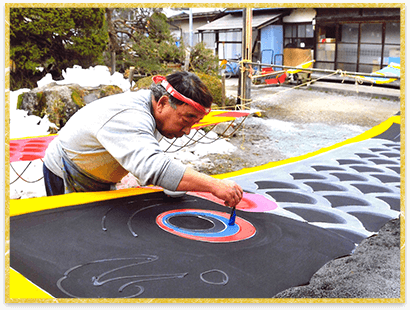
Today, most Koinobori are made from machines, however, Mr. Shibuya, the fourth generation craftsman in Sagae City in Yamagata Prefecture, draws and dyes carp streamers all by hand. He is handing down his outstanding skill to posterity.
On May 5th, parents who have a son display their armor and helmet, then hang the carp streamers and let them fly in the air, wishing for their son’s healthy growth and success.






